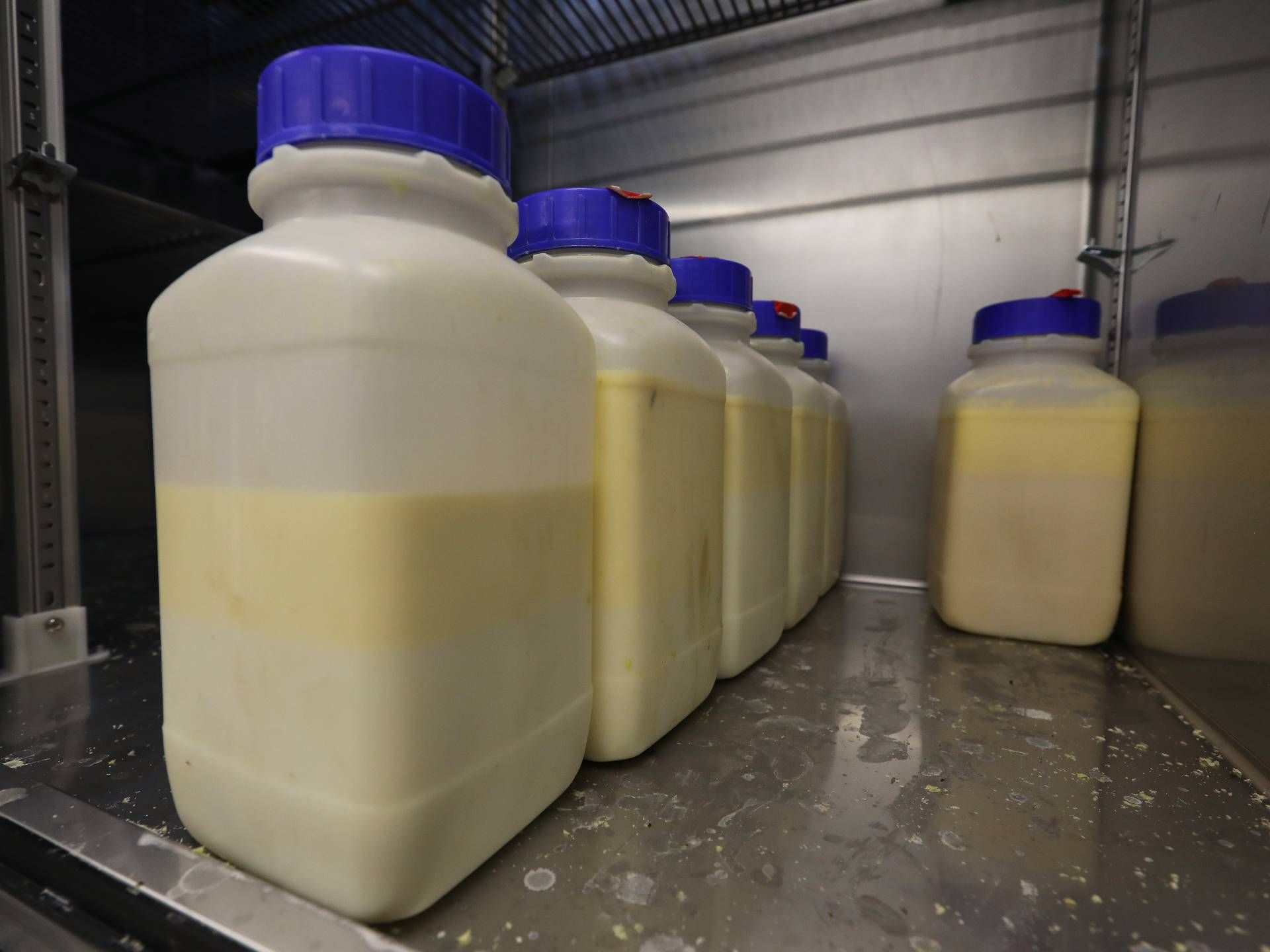

Articles
How To Store Colostrum Milk
Modified: October 20, 2024
Looking for articles on how to store colostrum milk? Check out our comprehensive guide for step-by-step instructions and tips! Preserve the vital nutrients with proper storage techniques!
(Many of the links in this article redirect to a specific reviewed product. Your purchase of these products through affiliate links helps to generate commission for Storables.com, at no extra cost. Learn more)
Introduction
Welcome to the world of colostrum milk – an incredibly nutritious substance that plays a vital role in the early days of a newborn’s life. Colostrum milk, also known as “liquid gold,” is the first milk produced by mammals, including humans, in the first few days after giving birth. It is rich in essential nutrients, antibodies, growth factors, and immune-boosting properties that are crucial for a newborn’s health and development.
The importance of colostrum milk cannot be overstated. It provides the newborn with all the necessary nutrients and antibodies to protect them from various illnesses and infections. It acts as a natural vaccine, strengthening the baby’s immune system and offering protection against common diseases. Additionally, colostrum milk helps in the development of the baby’s digestive system, promotes healthy growth, and aids in the establishment of breastfeeding.
However, there may be situations where a newborn is unable to consume colostrum milk immediately after birth. In such cases, it becomes necessary to store colostrum milk for future use. Proper storage of colostrum milk ensures that its valuable nutrients and antibodies are preserved, allowing it to be safely fed to the newborn later on.
In this article, we will explore the proper techniques for storing colostrum milk to maintain its quality and nutritive value. Whether you are a new parent, a healthcare professional, or an individual interested in learning about colostrum milk, this guide is for you. So let’s dive in and discover how to store this precious liquid gold!
Key Takeaways:
- Proper storage of colostrum milk is essential to preserve its valuable nutrients and antibodies, ensuring optimal nourishment and protection for newborns. Follow hygiene practices, choose the right containers, and adhere to storage guidelines for maintaining its quality.
- Thawing and using stored colostrum milk requires gentle handling to maintain its nutritional value. Whether refrigerating for short-term use or freezing for longer-term storage, following recommended thawing methods and usage timeframes ensures the freshness and safety of this precious liquid gold.
Read more: How To Store Colostrum In Syringe
Importance of Colostrum Milk
Colostrum milk is often referred to as nature’s first gift to newborns. It is packed with essential nutrients, antibodies, growth factors, and immune-boosting properties that are crucial for a baby’s health and development. Let’s explore the key reasons why colostrum milk is so vital:
- Nutritional Powerhouse: Colostrum milk is rich in proteins, carbohydrates, fats, vitamins, minerals, and enzymes. It provides the newborn with all the necessary nutrients for growth and development in the first few days of life.
- Antibodies and Immunity: One of the most remarkable aspects of colostrum milk is its high concentration of antibodies. These antibodies, also known as immunoglobulins, help protect the baby from various infections and illnesses. They provide passive immunity, as the baby’s immune system is not fully developed at birth.
- Gut Health and Digestion: Colostrum milk contains growth factors that support the development and maturation of the baby’s digestive system. It helps seal the baby’s gut lining, preventing harmful bacteria from entering and promoting the growth of beneficial gut bacteria.
- Brain Development: Essential fatty acids, such as DHA (docosahexaenoic acid), found in colostrum milk, play a vital role in brain development and cognitive function. They contribute to the growth and formation of the baby’s nervous system.
- Stimulates Early Breastfeeding: In addition to its nutritional benefits, colostrum milk acts as a natural stimulant for breastfeeding. It helps initiate the suckling reflex and aids in the establishment of a strong and successful breastfeeding relationship between the mother and her baby.
The unique composition of colostrum milk and its various components make it an essential source of nutrition and protection for newborns. It provides a strong foundation for their overall health and sets the stage for optimal growth and development.
Now that we understand the immense value of colostrum milk, let’s delve into the methods of properly preparing and storing this precious substance, ensuring its quality and effectiveness remain intact for future use.
Preparing for Storage
Before diving into the methods of storing colostrum milk, it’s important to take some necessary steps to ensure the milk is clean, safe, and free from any contamination. Here are a few essential preparations to make before storing colostrum milk:
- Hygiene: Wash your hands thoroughly with soap and water before expressing or handling colostrum milk. This helps minimize the risk of introducing bacteria or other contaminants.
- Storage Containers: Prepare clean and sterilized containers specifically designed for storing breast milk. Use BPA-free plastic bottles or breast milk storage bags made explicitly for this purpose. Properly sterilize these containers by boiling them in water for a few minutes or following the manufacturer’s instructions.
- Labeling: It’s crucial to label each container with the date and time of expressing the colostrum milk. This ensures that you use the oldest milk first and helps you keep track of the milk’s freshness.
- Storage Guidelines: Familiarize yourself with the recommended storage guidelines for colostrum milk. Different sources might have slight variations, so it’s important to follow the specific guidelines provided by your healthcare professional or lactation consultant.
- Clean Expression Equipment: Ensure that all expressing equipment, such as breast pumps or collection cups, are clean and sterilized. Follow the manufacturer’s instructions for cleaning these devices to prevent any potential contamination of the milk.
- Clear Communication: If you plan to have someone else feed your baby with the stored colostrum milk, clearly communicate the storage guidelines and instructions on how to handle and thaw the milk properly.
By following these preparatory steps, you can create a safe and hygienic environment for storing colostrum milk without compromising its quality. Now that you are well-prepared, let’s explore the different methods of storing colostrum milk, whether you opt for short-term storage in the refrigerator or long-term storage in the freezer.
Choosing the Right Containers
When it comes to storing colostrum milk, selecting the right containers is crucial to maintain its quality and safety. You have several options to choose from, each with its own advantages:
- BPA-Free Plastic Bottles: BPA-free plastic bottles are a popular choice for storing colostrum milk. They are lightweight, easy to use, and come in different sizes. Look for bottles specifically designed for storing breast milk, as they are made from food-grade materials and have airtight seals to prevent any leakage.
- Breast Milk Storage Bags: These specially designed bags are convenient for storing colostrum milk. They are space-saving and often come pre-sterilized, making them a practical choice for those with limited storage space. However, they are single-use and may be more prone to leaks compared to bottles.
- Glass Containers: Glass containers provide a non-toxic and non-reactive option for storing colostrum milk. They are easy to clean and sanitize, and can be reused multiple times. Glass containers are a popular choice for those concerned about chemicals or plastics leaching into the milk.
- Syringes: For smaller quantities of colostrum milk or precise feeding, syringes can be an efficient option. Use high-quality, BPA-free syringes with a secure cap to prevent any spillage or contamination.
- Egg Trays or Ice Cube Trays: If you prefer to freeze colostrum milk in small portions, consider using clean egg trays or ice cube trays. Pour the milk into each compartment and cover the tray with a lid or plastic wrap. Once frozen, transfer the milk cubes into labeled storage bags or containers for long-term storage.
When choosing containers, ensure that they are BPA-free, food-grade, and specifically designed for storing breast milk. Whichever option you choose, always remember to leave some room at the top of the container to allow for expansion when freezing.
Now that you know about the different container options, let’s move on to the specific methods of storing colostrum milk in the refrigerator and freezer, ensuring its freshness and nutritive value are preserved.
Storing Colostrum Milk in the Refrigerator
Storing colostrum milk in the refrigerator is a suitable option if you plan to use it within a few days. Here are the steps to follow:
- Express and collect: Begin by expressing the colostrum milk by hand or using a breast pump. Use a clean and sterilized collection container to collect the milk.
- Transfer to storage container: Once you have collected the colostrum milk, carefully pour it into a clean and sterilized storage container of your choice, such as a BPA-free plastic bottle or glass container. Leave about an inch of space at the top of the container for expansion when freezing.
- Seal the container: Securely close the container with its lid or cap. Make sure it is properly sealed to prevent any leakage or contamination.
- Label and date: Using a marker or adhesive label, clearly write the date and time of expression on the container. This helps you keep track of the milk’s freshness and use it in the correct order.
- Store in the refrigerator: Place the sealed container of colostrum milk in the coldest part of your refrigerator, preferably at the back. Avoid placing it in the door or near the refrigerator’s temperature controls to maintain a consistent temperature.
- Recommended storage duration: Colostrum milk can be safely stored in the refrigerator for up to 72 hours (3 days). It is advisable to use the oldest milk first to ensure its freshness.
Remember to handle the stored colostrum milk with clean hands and take necessary precautions to prevent any cross-contamination. If you need to transport the stored milk, use an insulated cooler bag with ice packs to maintain its temperature.
Storing colostrum milk in the refrigerator allows for convenient and quick access to feed your baby while preserving its quality. However, if you need to store colostrum milk for longer periods, freezing it is the recommended method, which we will explore next.
Store colostrum milk in a clean, airtight container in the refrigerator for up to 48 hours or in the freezer for up to 6 months. Label with the date and use within the recommended time frame.
Read more: How To Store Expressed Colostrum
Storing Colostrum Milk in the Freezer
If you plan to store colostrum milk for an extended period, freezing it is the best option to maintain its quality and nutritive value. Here is how you can store colostrum milk in the freezer:
- Express and collect: Begin by expressing the colostrum milk into a clean and sterilized collection container using hand expression or a breast pump.
- Transfer to storage container: Pour the expressed colostrum milk into clean and sterilized storage containers specifically designed for freezing breast milk. BPA-free plastic bottles, breast milk storage bags, or glass containers are suitable options. Leave about an inch of space at the top of the container to allow for expansion when freezing.
- Seal the container: Ensure that the storage containers are tightly sealed to prevent any air leakage, which can lead to freezer burn and deterioration of the milk’s quality. If using plastic bottles, make sure the cap is properly screwed on. If using breast milk storage bags, remove any excess air and seal them tightly.
- Label and date: Clearly label each storage container with the date of expression and any other relevant information. This helps you keep track of the stored milk and ensures you use the oldest milk first.
- Freeze the milk: Place the sealed storage containers in the coldest part of your freezer, such as the back or the designated freezing compartment. Avoid storing them in the door, as the temperature fluctuation can compromise the quality of the milk.
- Recommended storage duration: Colostrum milk can be safely stored in the freezer for up to 6 months. However, it is best to use it within 3 months to ensure optimal freshness and quality.
When it’s time to use the frozen colostrum milk, thaw it using one of the methods discussed later in this article. Remember to handle the milk with clean hands and follow proper hygiene practices throughout the process.
By following these steps, you can store colostrum milk in the freezer while ensuring its nutritional properties and immune-boosting components remain intact. Now let’s explore the methods of thawing and using the stored colostrum milk.
Thawing and Using Stored Colostrum Milk
When it’s time to use the stored colostrum milk, it’s important to thaw it properly to maintain its quality and nutritional value. Here are the steps to follow:
- Plan ahead: Consider how much milk you will need and take out the appropriate amount from the freezer. Thawing more than necessary can lead to waste, as thawed colostrum milk should not be refrozen.
- Refrigerator thawing: The safest way to thaw colostrum milk is by placing the frozen storage container in the refrigerator. This slow thawing process allows for gradual temperature change, preserving the milk’s quality. It may take up to 24 hours for the milk to completely thaw in the refrigerator. Remember to keep the container upright to prevent any potential leakage.
- Warm water thawing: If you are in need of thawed colostrum milk more quickly, you can use warm water to speed up the process. Place the sealed container of frozen milk in a bowl of warm (not hot) water. Gently swirl the container to ensure even thawing. Do not microwave or heat the milk directly as it can cause the milk to lose its beneficial properties.
- Thawing breast milk storage bags: If you have stored the colostrum milk in breast milk storage bags, you can thaw them by placing the bag in a container of warm water or running warm water over the bag. Carefully transfer the thawed milk into a clean feeding bottle or container for use.
- Check for temperature and quality: After thawing, gently swirl the thawed colostrum milk to mix any separation that may have occurred during freezing. Check the temperature of the milk by placing a few drops on the inside of your wrist. It should feel lukewarm or room temperature, avoiding any hot spots.
- Using thawed colostrum milk: Thawed colostrum milk can be used immediately or kept in the refrigerator for up to 24 hours. Remember, once thawed, colostrum milk should not be refrozen. Use the thawed milk within this timeframe to ensure its freshness and safety.
When feeding thawed colostrum milk to your baby, follow the appropriate feeding guidelines provided by your healthcare professional or lactation consultant. Use clean feeding bottles or syringes to ensure proper hygiene during feeding.
Now that you know how to thaw and use stored colostrum milk, let’s explore some tips to maintain the quality of colostrum milk throughout the storage process.
Tips for Maintaining Colostrum Milk Quality
Proper storage and handling of colostrum milk are essential to maintain its quality and ensure its efficacy for your baby. Here are some valuable tips to help you maintain the quality of colostrum milk during storage:
- Proper labeling: Always label each storage container with the date and time of expression. This helps you keep track of the freshness of the milk and ensure you use the oldest milk first.
- Safe handling: Wash your hands thoroughly with soap and water before handling colostrum milk or any storage containers. This helps prevent the introduction of any harmful bacteria or contaminants.
- Use clean containers: Ensure that all storage containers, whether plastic bottles, breast milk storage bags, or glass containers, are clean, sterilized, and specifically designed for storing breast milk. This minimizes the risk of contamination and maintains the purity of the milk.
- Don’t mix warm and cold milk: Avoid combining freshly expressed colostrum milk with already chilled or frozen milk. Instead, cool the freshly expressed milk in the refrigerator first and then combine it with the chilled or frozen milk when storing.
- Minimize air exposure: When transferring colostrum milk to storage containers, do so quickly and avoid prolonged exposure to air. This helps preserve the milk’s nutritional content and freshness.
- Store in the coldest part of the refrigerator or freezer: Place colostrum milk in the back of the refrigerator’s main compartment or the freezer’s designated freezing compartment. These areas provide the most consistent and lowest temperatures, ensuring optimal storage conditions.
- Use the oldest milk first: When storing multiple containers of colostrum milk, use the oldest milk first to maintain its freshness. This practice helps avoid wastage and ensures that your baby receives the most recently expressed milk.
- Follow storage guidelines: Different sources may have slight variations in storage guidelines. Always follow the specific recommendations provided by your healthcare professional or lactation consultant to ensure the highest quality and safety of the stored colostrum milk.
- Thaw and warm milk gently: When thawing frozen colostrum milk, use gentle methods such as refrigerator thawing or warm water thawing. Avoid using microwaves or direct heat, as they can destroy the milk’s beneficial properties.
By following these tips, you can maintain the quality and effectiveness of colostrum milk throughout the storage and usage process. Remember to trust your instincts, consult with healthcare professionals as needed, and provide the best care for your little one.
Now that you are equipped with essential information about storing and maintaining colostrum milk, you can confidently provide your baby with the benefits of this precious liquid gold. Cherish the journey of nurturing and nourishing your newborn!
Conclusion
Colostrum milk, often referred to as “liquid gold,” is a precious and invaluable gift that nature provides for newborns. Packed with essential nutrients, antibodies, growth factors, and immune-boosting properties, colostrum milk plays a crucial role in the early days of a baby’s life. From providing essential nutrition to bolstering the immune system, colostrum milk sets the foundation for a healthy and thriving start.
When circumstances call for storing colostrum milk, it’s important to follow proper techniques to maintain its quality and effectiveness. By ensuring hygiene, choosing the right storage containers, and adhering to recommended storage and thawing guidelines, you can preserve the benefits of colostrum milk for your baby’s well-being.
Remember to label, date, and handle the milk with care, keeping in mind the importance of maintaining a clean and safe environment throughout the storage process. Whether refrigerating for short-term storage or freezing for longer-term use, proper handling and storage techniques are imperative to retain the milk’s valuable properties.
Thawing frozen colostrum milk gently and using it within recommended timeframes guarantees optimal freshness and safety. By incorporating these practices into your routine, you can confidently provide your baby with the nourishment and protection that colostrum milk offers.
As a responsible parent or caregiver, it’s essential to consult with healthcare professionals or lactation consultants for specific guidelines on expressing, storing, and using colostrum milk. Their expertise and advice will ensure that you are providing the best care for your baby and harnessing the full potential of colostrum milk.
Embrace this extraordinary time in your baby’s life, as you partake in the miraculous journey of nurturing and nourishing their development. From the first drop of colostrum milk to the remarkable benefits it brings, revel in the beauty of this bonding experience and the magic that lies within every precious drop of liquid gold.
Now that you've got the scoop on storing colostrum milk to preserve its vital nutrients, why stop there? Dive into our next guide on milk preservation to learn how long breast milk can stay fresh in the fridge. You'll find practical advice to ensure every drop remains safe and nutritious for your little one. Don't miss out on these essential tips!
Frequently Asked Questions about How To Store Colostrum Milk
Was this page helpful?
At Storables.com, we guarantee accurate and reliable information. Our content, validated by Expert Board Contributors, is crafted following stringent Editorial Policies. We're committed to providing you with well-researched, expert-backed insights for all your informational needs.
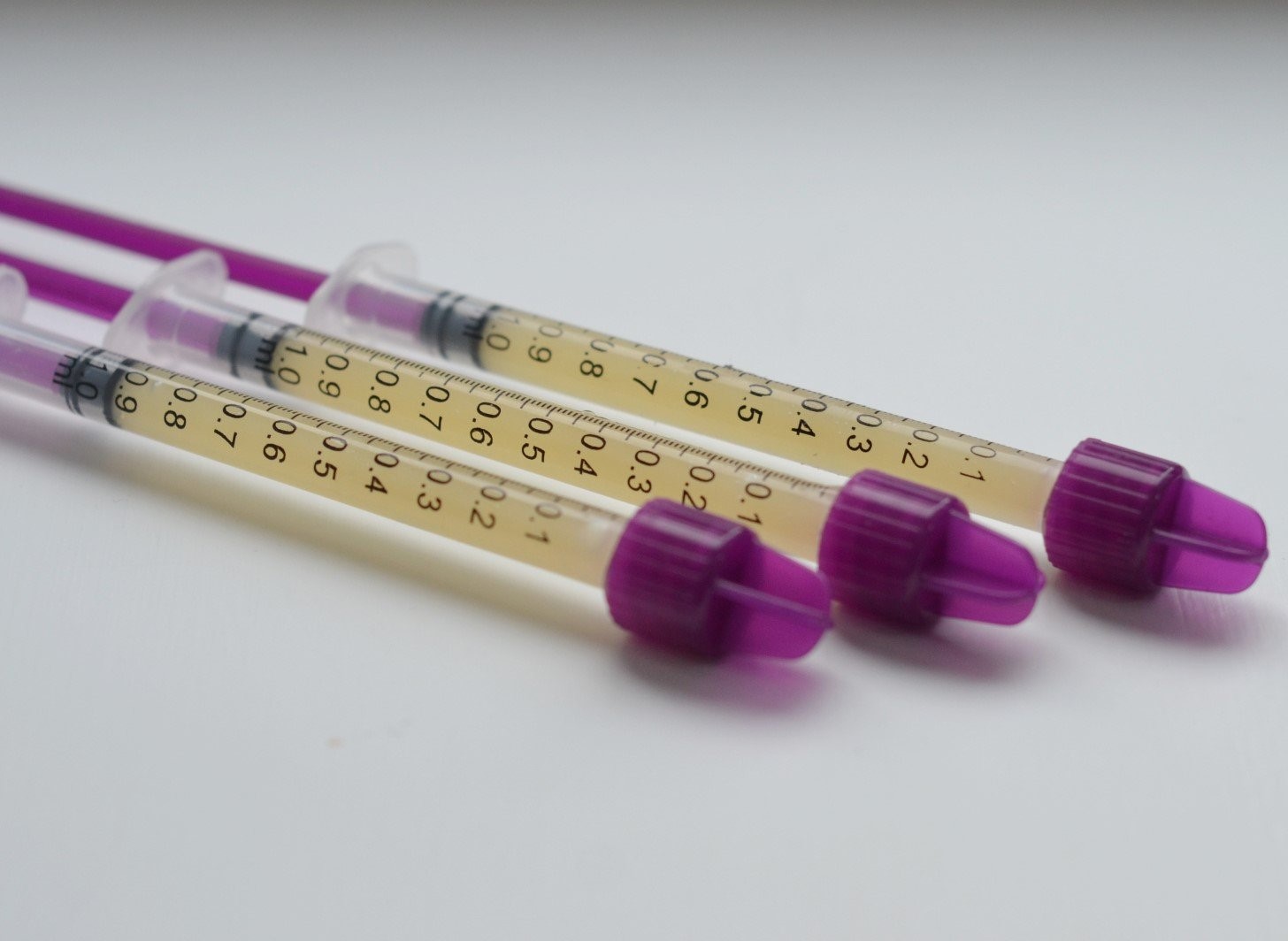

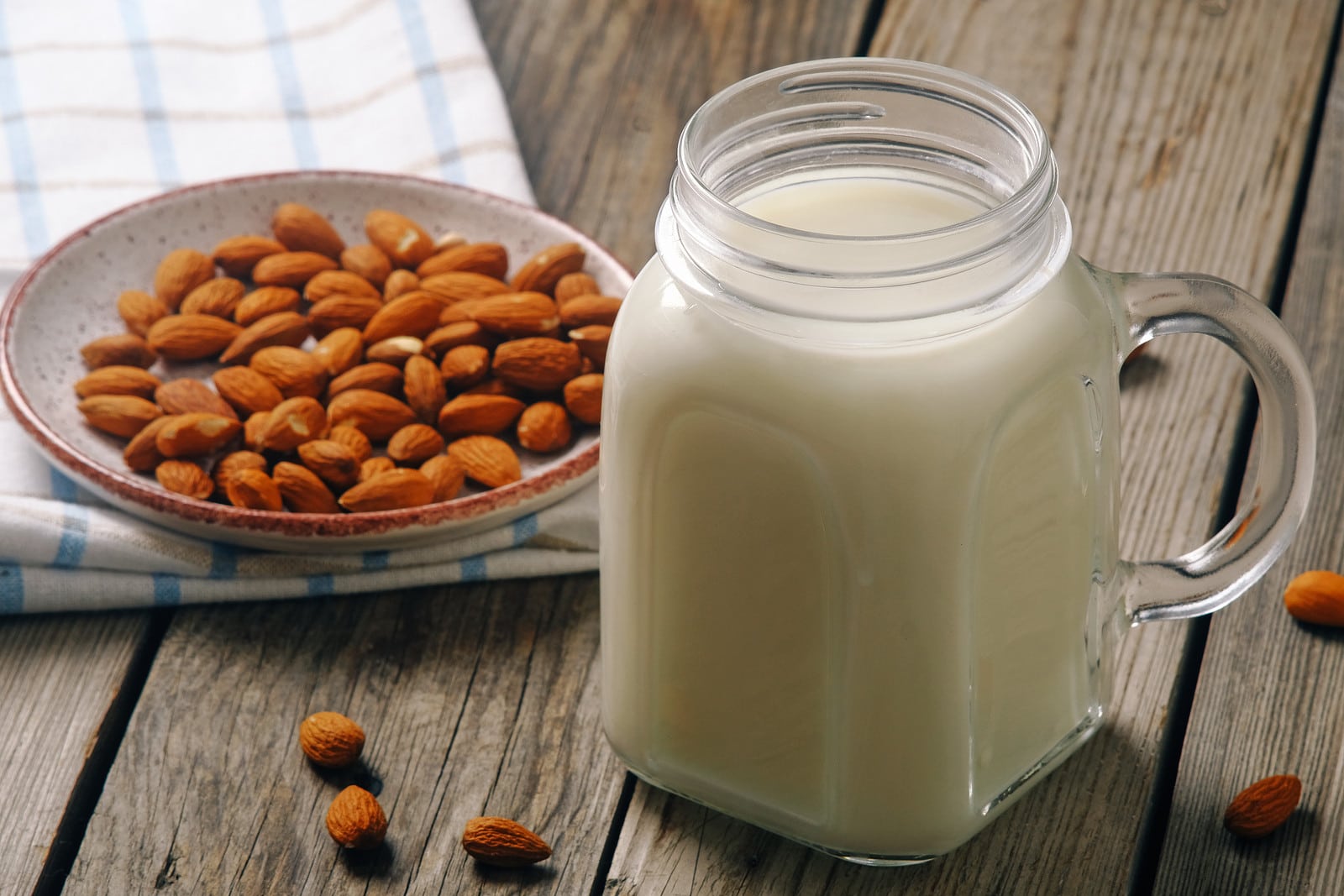
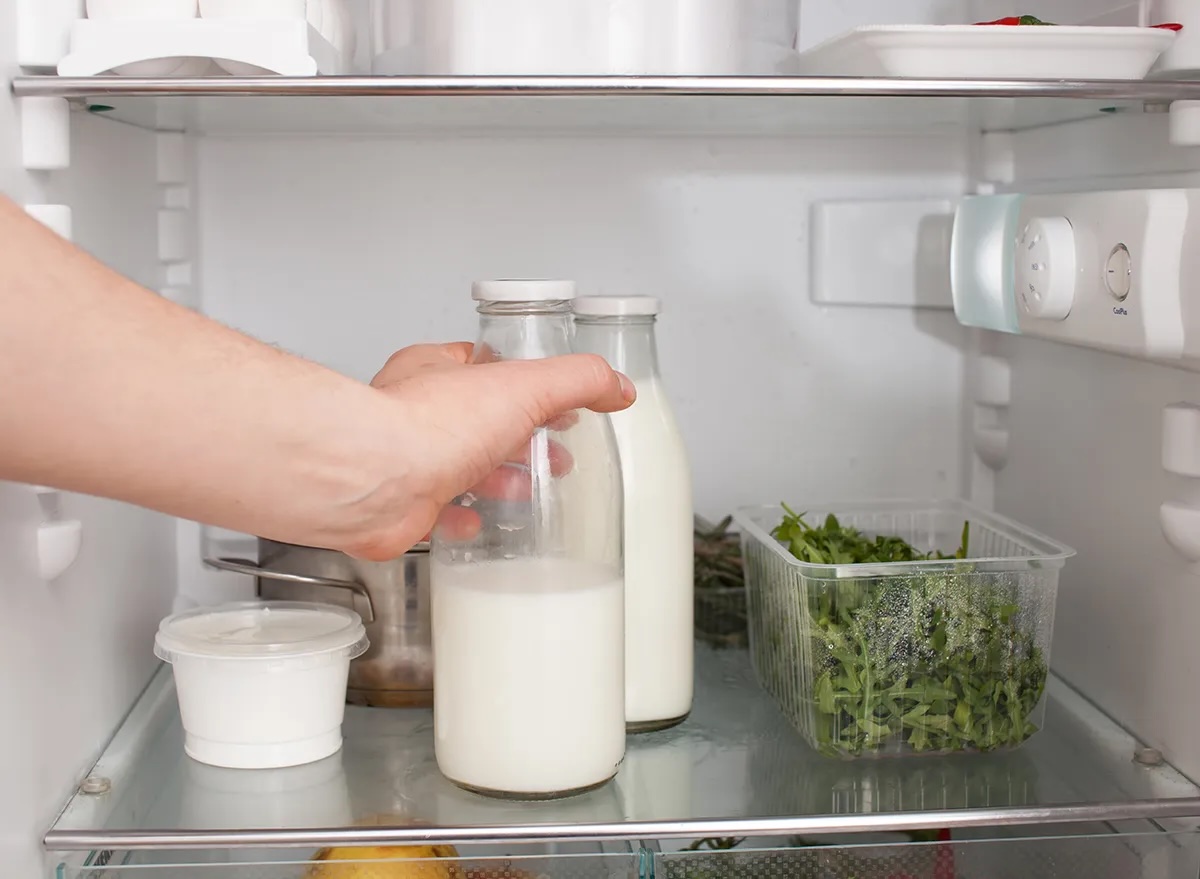
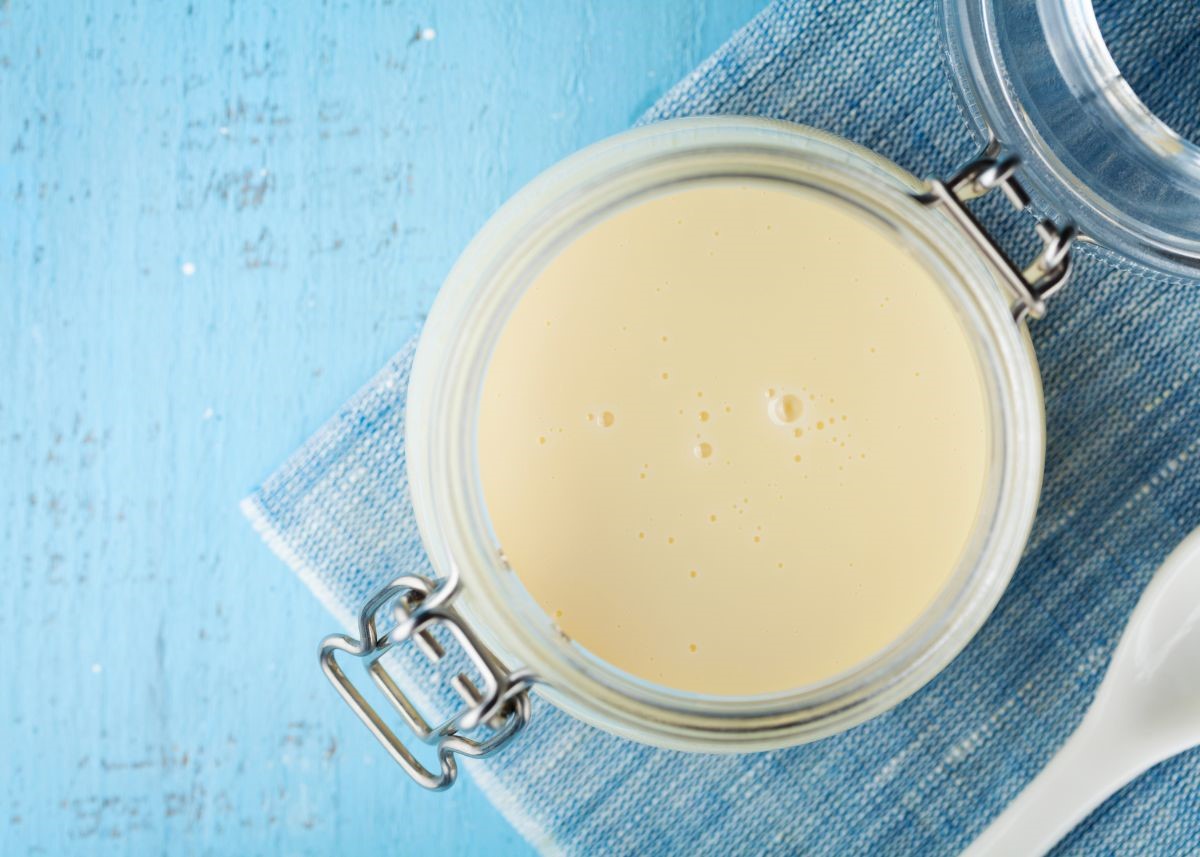
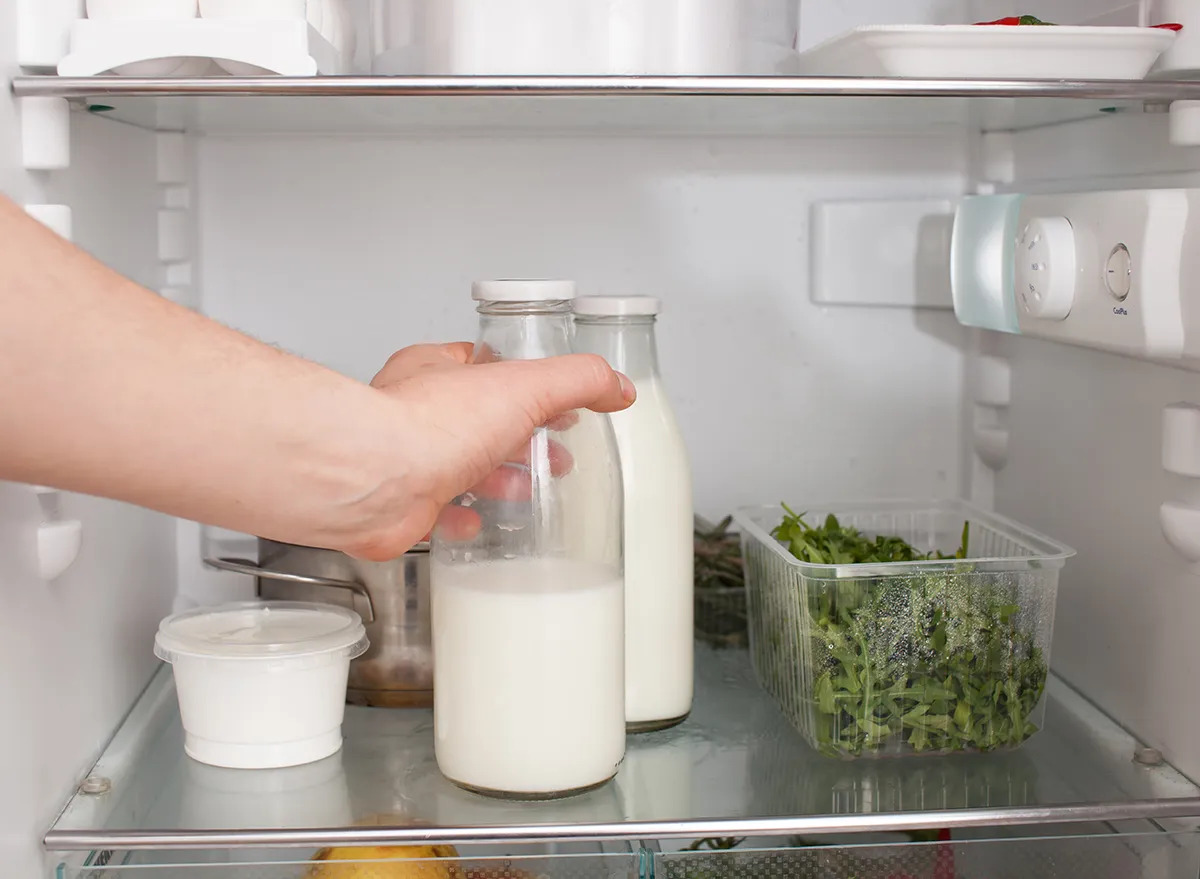
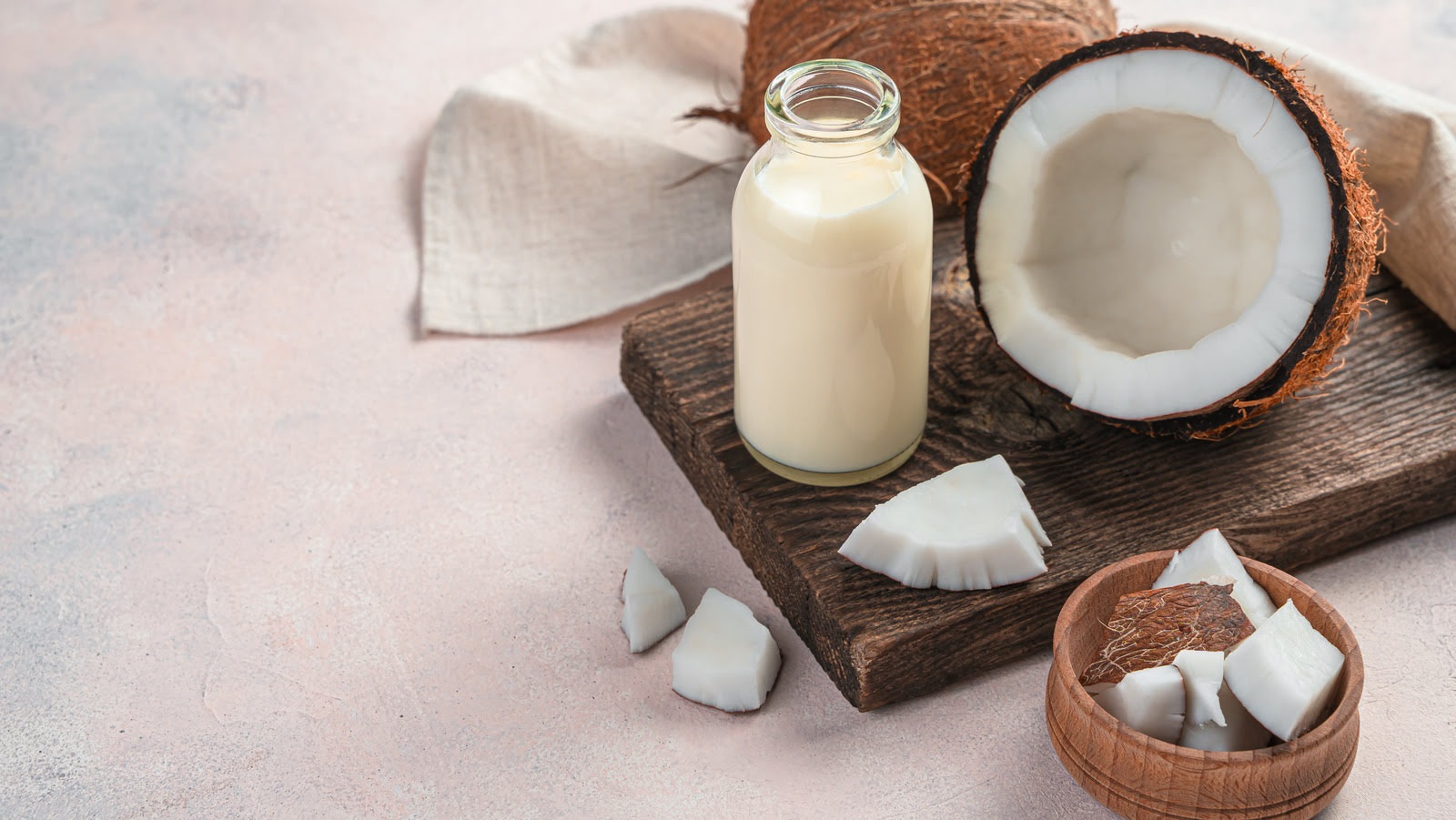
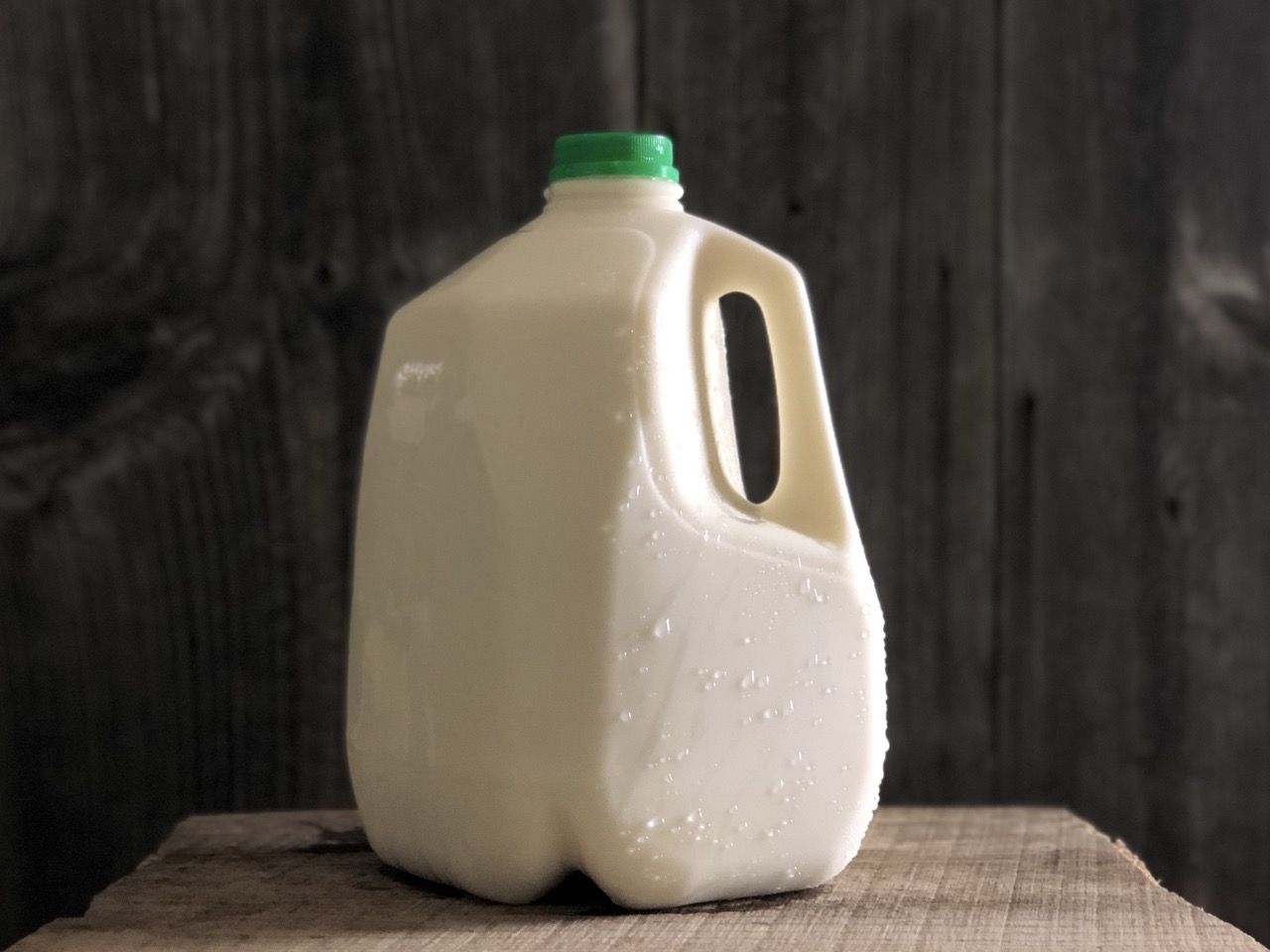
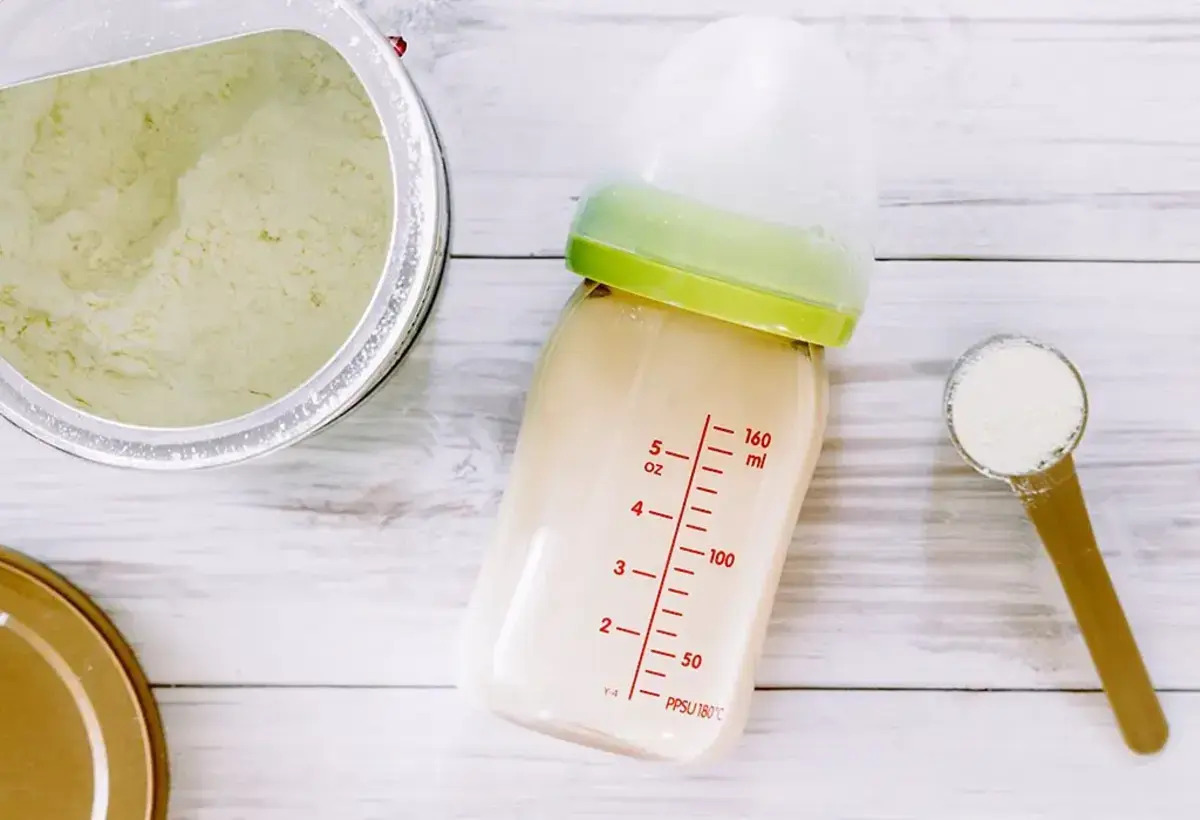
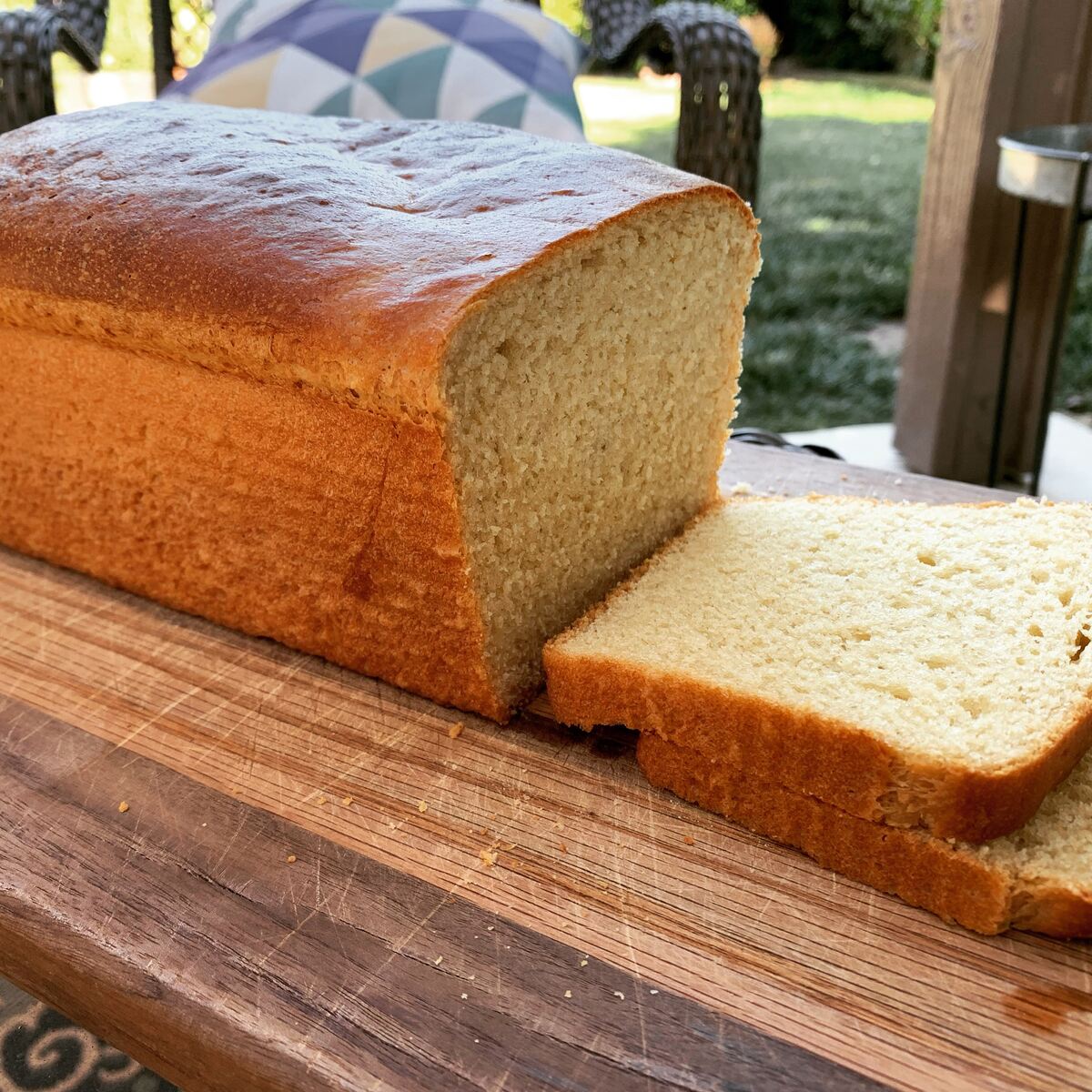
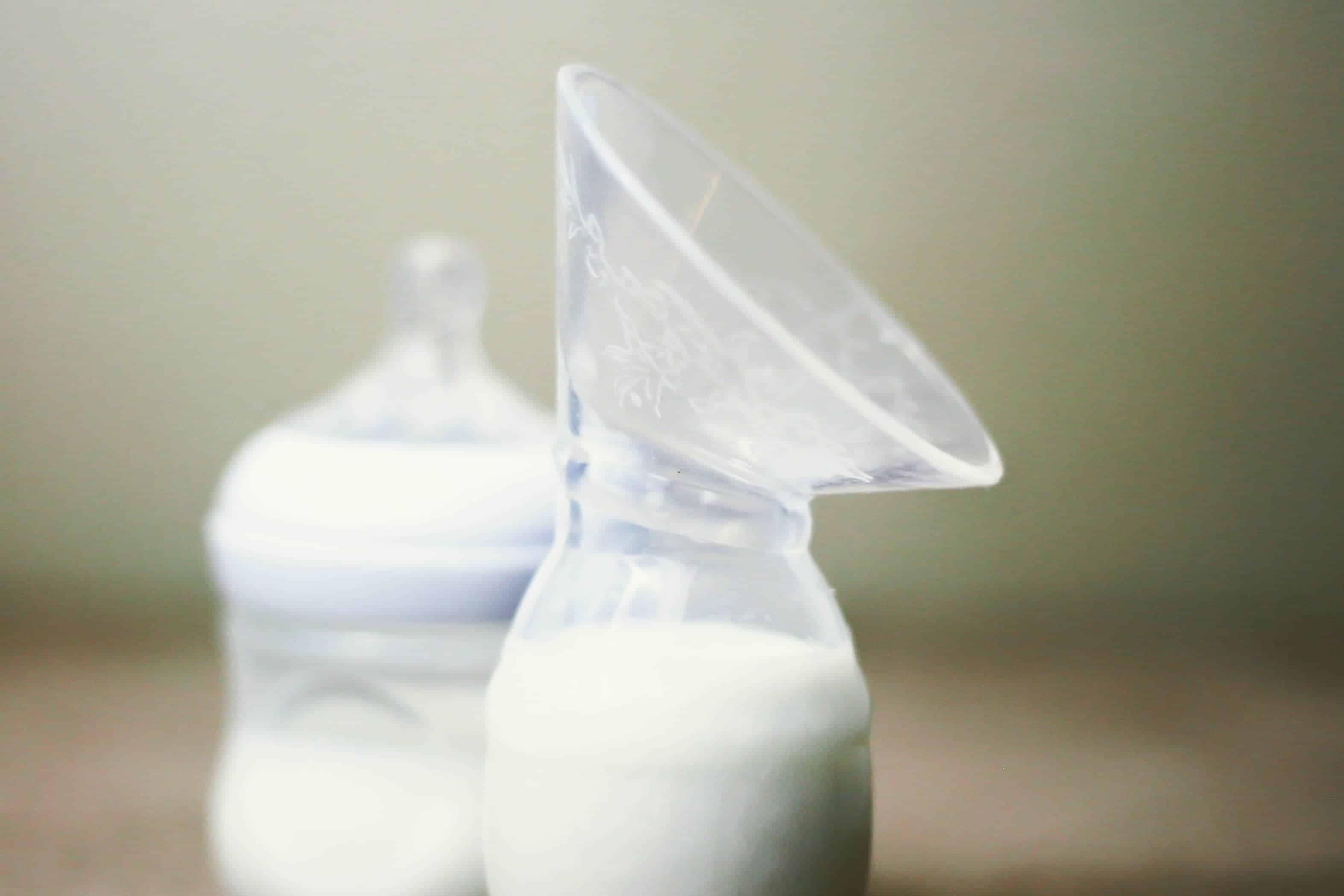
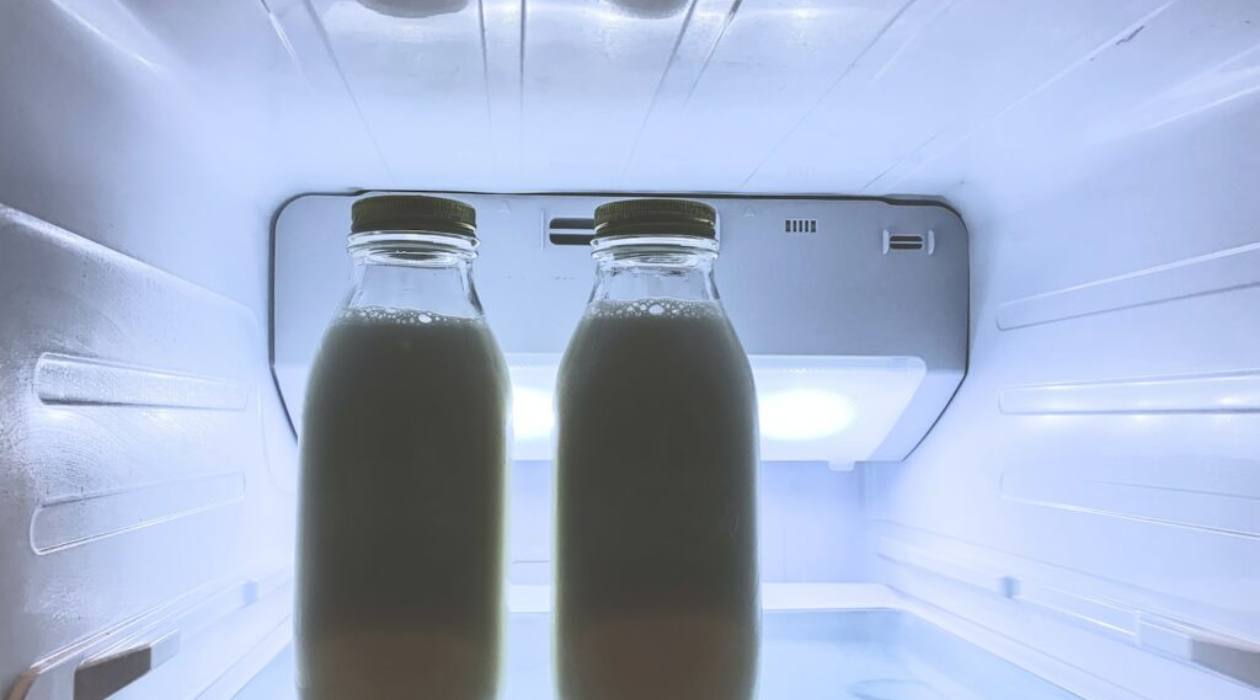
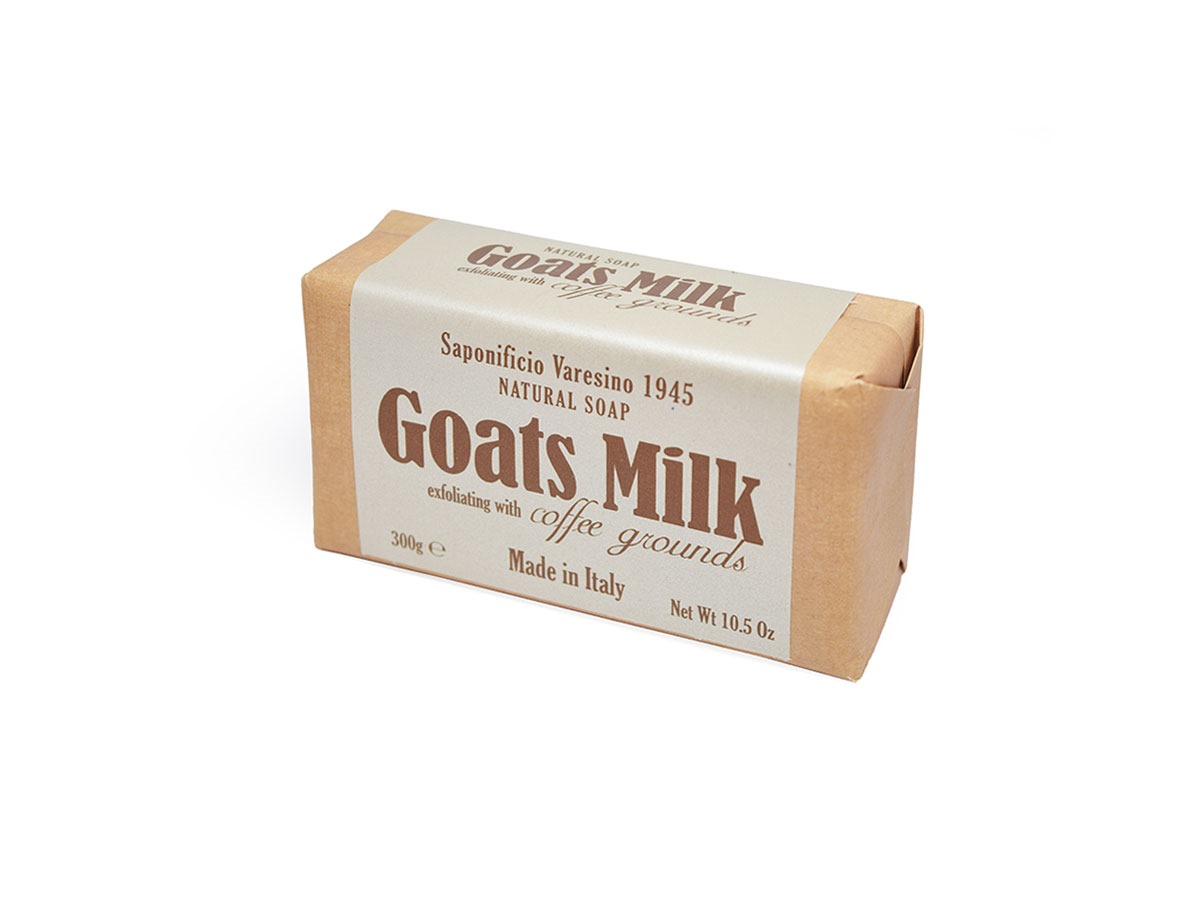
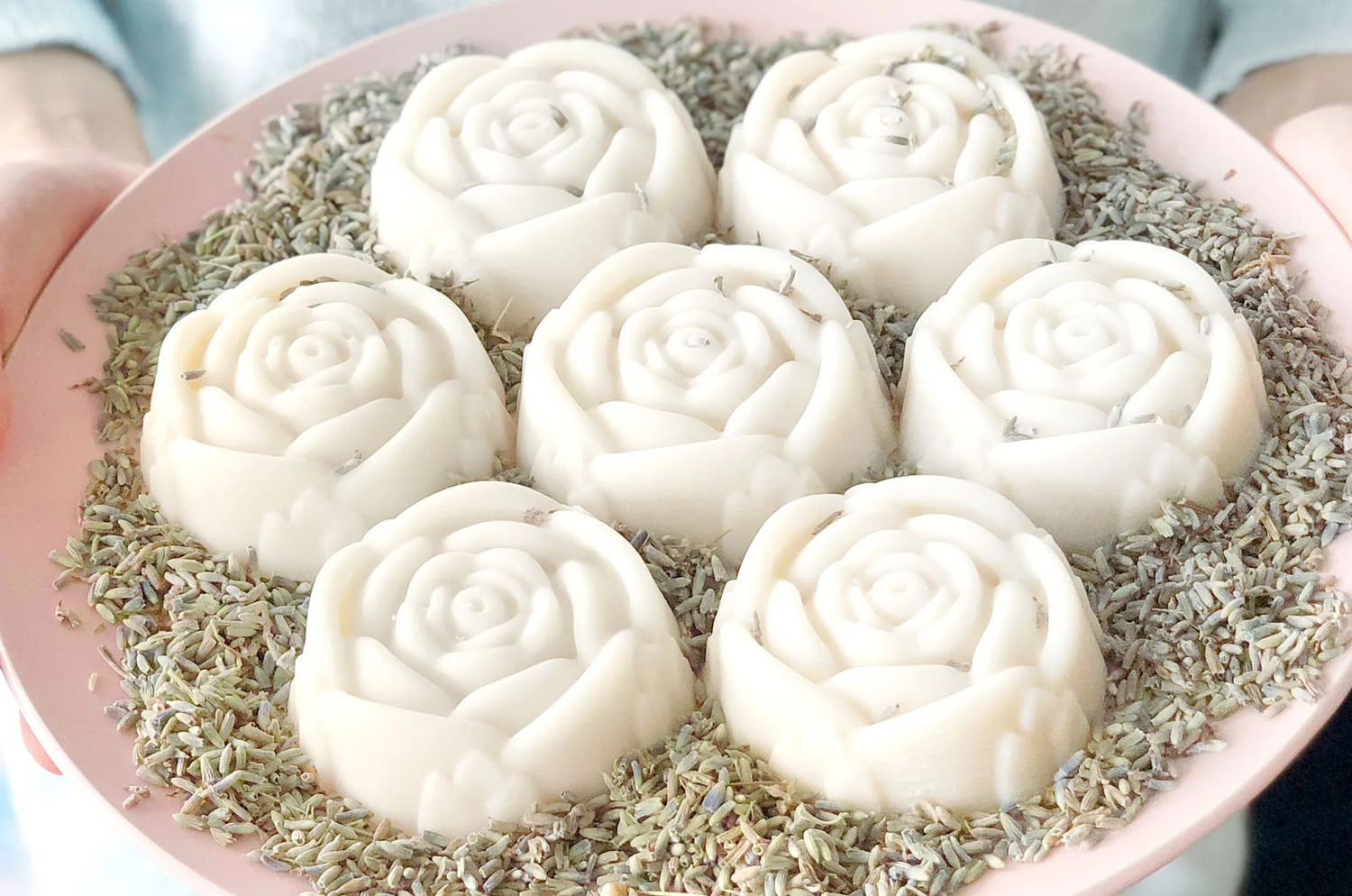

0 thoughts on “How To Store Colostrum Milk”